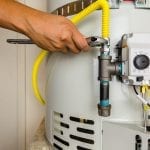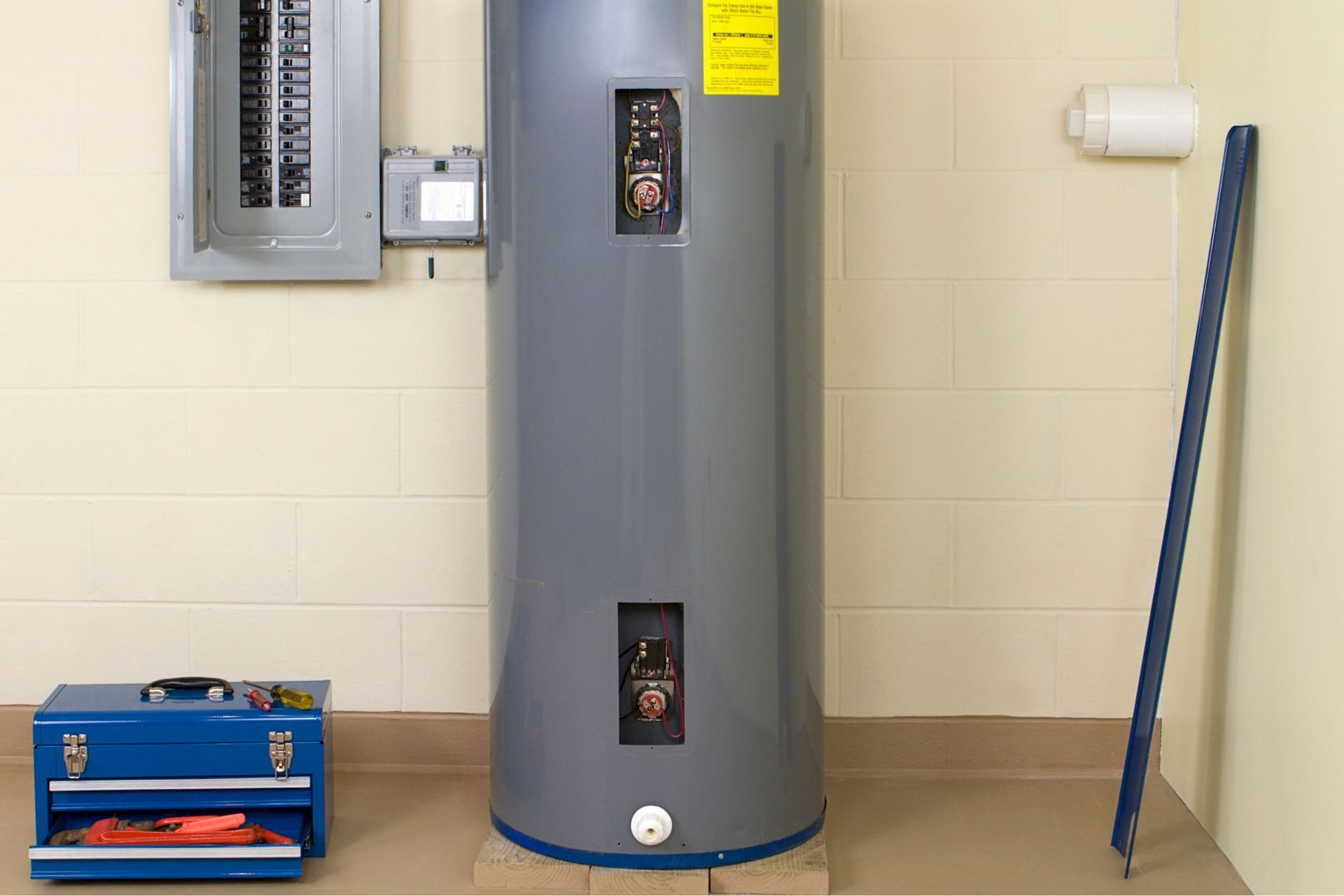Steps to Prolong the Life of Your Home's Hot Water System By Maintenance
Steps to Prolong the Life of Your Home's Hot Water System By Maintenance
Blog Article
Do you find yourself hunting for information around How to Maintain a Hot Water Heater in a Few Simple Steps?

Hot water is necessary for day-to-day convenience, whether it's for a refreshing shower or washing dishes. To ensure your hot water system runs effectively and lasts much longer, regular maintenance is crucial. This write-up provides useful suggestions and insights on how to maintain your home's warm water system to stay clear of disturbances and expensive repair work.
Introduction
Maintaining your home's hot water system might seem daunting, yet with a couple of basic steps, you can ensure it operates efficiently for several years to find. This overview covers whatever from comprehending your hot water system to DIY upkeep pointers and recognizing when to hire professional help.
Importance of Keeping Your Warm Water System
Routine maintenance not only expands the life-span of your warm water system yet additionally guarantees it runs successfully. Disregarding upkeep can bring about lowered performance, greater power expenses, and even premature failure of the system.
Signs Your Hot Water System Needs Upkeep
Recognizing when your hot water system needs attention can protect against significant concerns. Watch out for indications such as inconsistent water temperature, strange sounds from the heating unit, or rusty water.
Flushing the Hot Water Heater
Purging your hot water heater eliminates sediment buildup, boosting performance and extending its life.
Checking and Replacing Anode Rods
Anode poles stop rust inside the tank. Inspecting and changing them when worn is essential.
Complex Concerns Needing Professional Help
Instances include major leakages, electric problems, or if your hot water heater is constantly underperforming.
Routine Specialist Upkeep Advantages
Professional upkeep can include extensive assessments, tune-ups, and ensuring conformity with safety and security requirements.
Checking and Changing Temperature Setups
Readjusting the temperature settings ensures optimum efficiency and security.
DIY Tips for Upkeep
You can do a number of maintenance jobs on your own to keep your warm water system in leading condition.
Checking for Leakages
Consistently examine pipelines and connections for leakages, as these can result in water damages and higher costs.
Understanding Your Warm Water System
Prior to diving into upkeep tasks, it's handy to comprehend the standard elements of your hot water system. Normally, this consists of the water heater itself, pipelines, anode rods, and temperature level controls.
Monthly Upkeep Tasks
Regular monthly checks can aid catch small concerns before they rise.
Evaluating Pressure Alleviation Valves
Evaluating the stress relief valve ensures it operates correctly and avoids too much pressure accumulation.
Shielding Pipes
Protecting warm water pipes decreases warmth loss and can conserve energy.
When to Call an Expert
While do it yourself maintenance is useful, some problems call for specialist proficiency.
Final thought
Normal maintenance of your home's hot water system is important for effectiveness, durability, and expense financial savings. By adhering to these pointers and recognizing when to look for specialist help, you can make sure a reliable supply of hot water without unexpected interruptions.
How to Maintain an Instant Hot Water Heater
Before tinkering with your hot water heater, make sure that it’s not powered on. You also have to turn off the main circuit breaker and shut off the main gas line to prevent accidents. Also turn off the water valves connected to your unit to prevent water from flowing into and out of the appliance. 2. When you’re done, you have to detach the purge valves’ caps. These look like the letter “T†and are situated on either side of the water valves. Doing so will release any pressure that has accumulated inside the valves while at the same time avoid hot water from shooting out and burning your skin. 3. When the purge valves’ caps are removed, you have to connect your hosing lines to the valves. Your unit should have come with three hoses but if it didn’t, you can purchase these things from any hardware or home repair shops. You can also get them from retail stores that sell water heating systems. Read the user’s manual and follow it to complete this task properly. When the hosing lines are connected, open the purge port’s valves. 4. You should never use harsh chemical cleaners or solutions when cleaning your unit. Make use of white vinegar instead. It should be undiluted and you’ll probably use about 2 gallons. 5. Now flush your water heater. This task should probably take about 40 minutes. We can’t give you specific directions for this because the procedure is carried out depending on the type, model and brand of your heater. With that being said, refer to the user’s manual. 6. When you’re done draining the unit, you have to turn off the purge port valves again. Remove the hosing lines that you earlier installed on each of the water valves. Put the valve caps (purge port) back in their respective places and be very careful so as not to damage the rubber discs that are found inside these caps. 7. Now that everything’s back in place, check your user’s manual again to find out how to reactivate your water heating system. 8. Once it is working, turn one of your hot water faucets on just to let air pass through the heater’s water supply pipes. Leave the tap on until water flows smoothly out of it. https://www.orrplumbing.com/blog/2014/september/how-to-maintain-an-instant-hot-water-heater/

As a keen person who reads about Tips on Maintaining a Water Heater, I thought sharing that section was a great idea. Are you aware of anybody else who is interested by the topic? Why not promote it. We appreciate your readership.
Apply Now Report this page